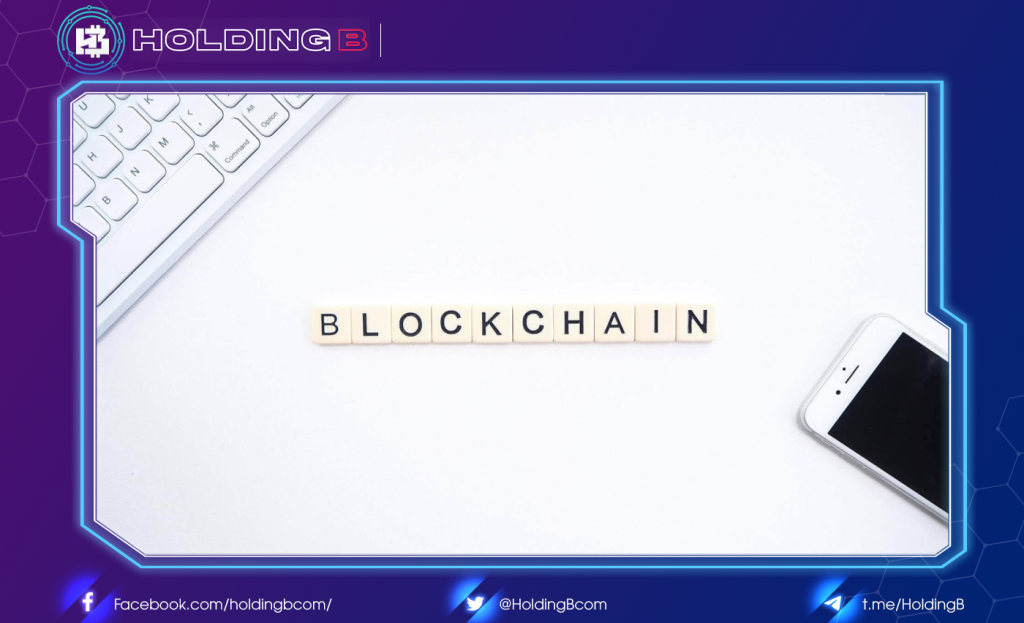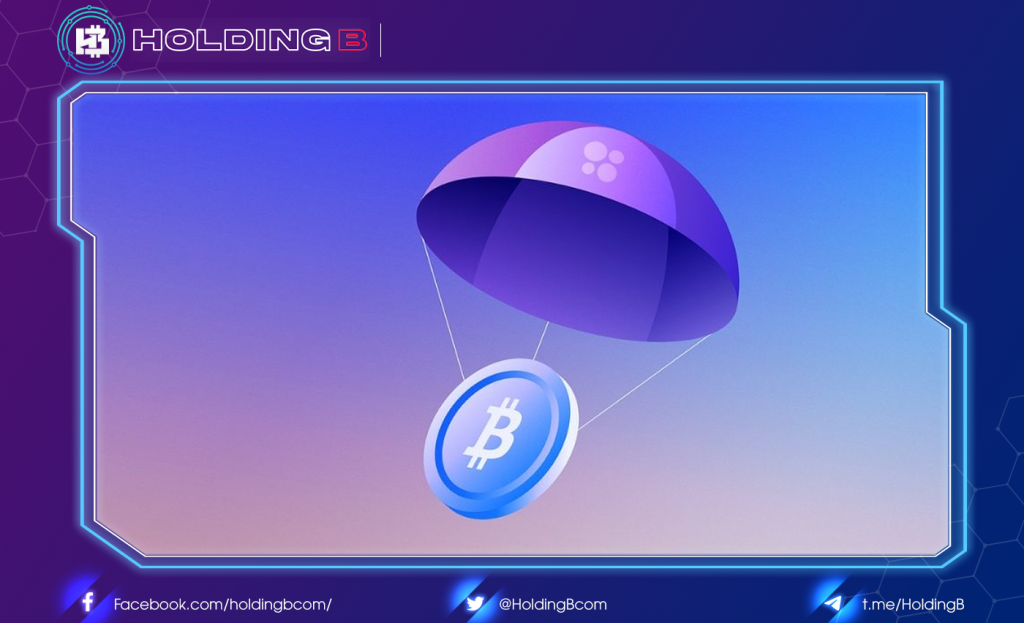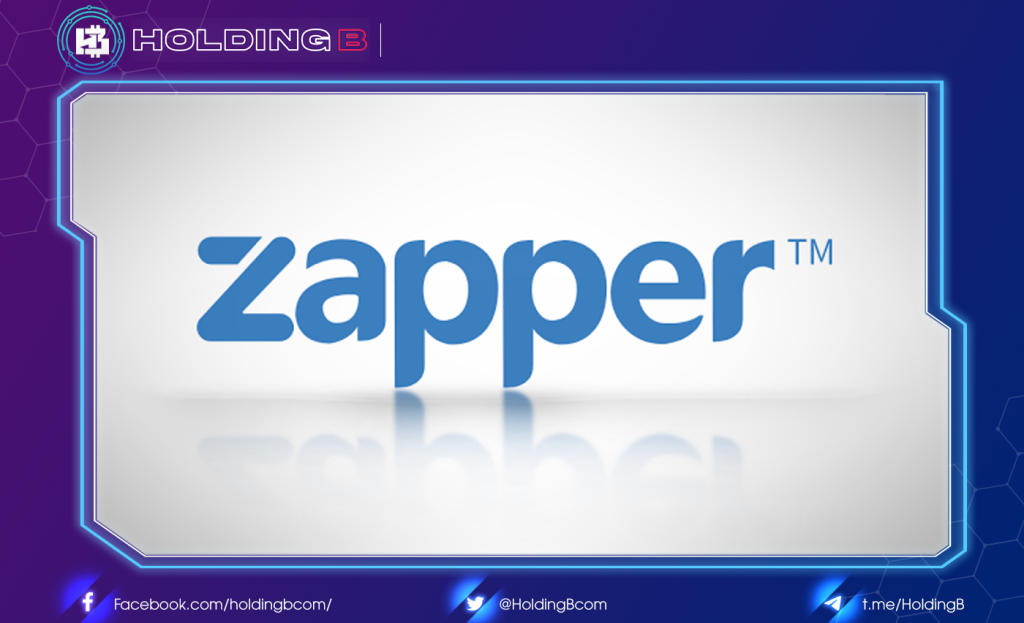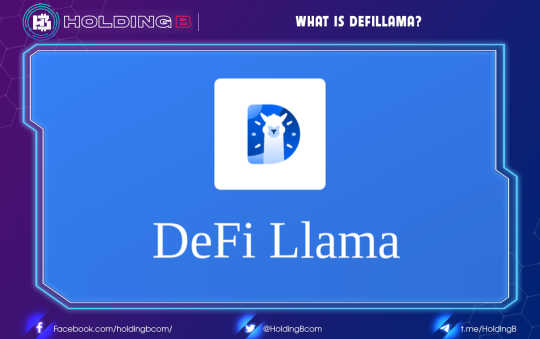
DeFi is currently the dominant sector of the crypto industry, with hundreds of DeFi protocols in place. The DeFi protocols aim to decentralize traditional financial services and eliminate the need for a centrally managed entity.
Among them are some DeFi protocols that rely on individual users to provide liquidity through liquidity pools. Financial liquidity is often provided by large centralized institutions. In DeFi, there are many opportunities for individual investors to earn a return on their investment from their crypto assets.
However, DeFi is a difficult ecosystem to navigate, even for experienced crypto users. It requires an intermediate understanding of the Ethereum blockchain and an understanding of how different DeFi protocols work and communicate.
What is Zapper Finance?

Zapper provides a single interface to interact with leading DeFi protocols on Ethereum and a small number of other blockchains. Instead of switching between several protocols and doing multiple transactions, Zapper allows you to do everything in one go, which can also save you time and money.
Overall, Zapper makes for a very smooth DeFi experience for users of all skill levels.
Zapper is a DeFi product and not a DeFi protocol, which means the application itself is not decentralized. Even so, the app is not custodial, meaning users are always in control of their private keys.
How does it work?

The Zapper works by transferring users into or out of DeFi locations with a single mouse click. As a result, the process of interacting with and navigating websites on DeFi platforms is simplified.
Zapper does this from a user’s dashboard. At the same time, the application only requires users to authenticate with a single Ethereum address. Traditionally, if you want to provide liquidity to a pool, you need to deposit one or half of a token pair.
So first, you will have to trade an asset in exchange for a second token. Then you continue to stake both tokens. Some pools allow users to use liquidity providers’ tokens and stakes to earn rewards.
As can be seen, to provide liquidity, you need to go through many complicated steps. Meanwhile, Zapper will help you optimize this operation in just one click.
Outstanding features of Zapper

- Diverse DeFi Integrations: Zapper allows users to stake liquidity with a variety of DeFi protocols, all from a single dashboard. It eliminates the need to access each DeFi protocol individually to make DeFi investments.
- Portfolio rebalancing: Rebalancing is a steady way to ensure a diversified portfolio. This cumbersome process is simplified by Zapper’s connectivity.
- Multi-pooling: This allows users to join multiple liquidity pools on multiple DeFi platforms with a single crypto token.
- Monitor DeFi locations: Live data updates allow users to monitor the performance of their DeFi investments and then manage accordingly.
- Automatic Liquidation Allocation: If a user does not hold the correct liquidity ratio for a specific liquidity pool, Zapper can automatically execute background transactions to meet the correct liquidity ratio.
Advantages

- The platform allows you to track multiple locations in leading DeFi protocols, including UniSwap, Curve Finance, Balancer, Synthetix, SushiSwap, and Yearn Finance. Analysis can be performed for each DeFi protocol and each zoning process.
- Zapper significantly reduces the time and gas fees required to set up and manage a liquidity provision for DeFi protocols. Multiple transactions can be aggregated into one.
- It simplifies the process for those unfamiliar with the DeFi field. A questionnaire is available to help users understand which type of investment they might prefer.
Disadvantages

- No access to lending protocols Lending protocols in the DeFi space, such as AAVE, Compound, and Maker, also offer users the opportunity to provide liquidity. However, trading facilities for these protocols have not yet been added to the platform.
- Smart contract error: Reliance on smart contracts means that the system is responsible for smart contract failure.
- Does not support dual tokens. Even if you have both tokens in your wallet for a required liquidity pool, Zapper will only allow you to add one, trading half of it for the second required token.
Risks of using Zapper

The use of Zapper is directly related to the use of DeFi protocols. When a user places a cryptocurrency in a liquidity pool, you automatically assume the risks associated with that DeFi protocol. You have to make sure you understand it well and know the risks that it brings.
Smart contracts work with the Zapper and all DeFi protocols. These smart contracts are responsible for errors that can cause problems in any system. It’s unpredictable, but it’s still a concern.
Slippage is an issue that affects some DeFi exchanges and can be amplified on the Zapper platform due to a “middleman” effect – since you’re not dealing directly with each DeFi protocol, the risk of slippage price will increase. This can be overcome by specifying maximum slippage parameters before any trade.
See ya in the next article !
Don’t forget to follow useful articles about Crypto Market from team Holding B !!!
- Telegram Channel: https://t.me/HoldingBcom
- Telegram Group: https://t.me/HoldingB
- Website: https://holdingb.com/
- Twitter: https://twitter.com/HoldingBcom
- Facebook: https://www.facebook.com/holdingbcom





